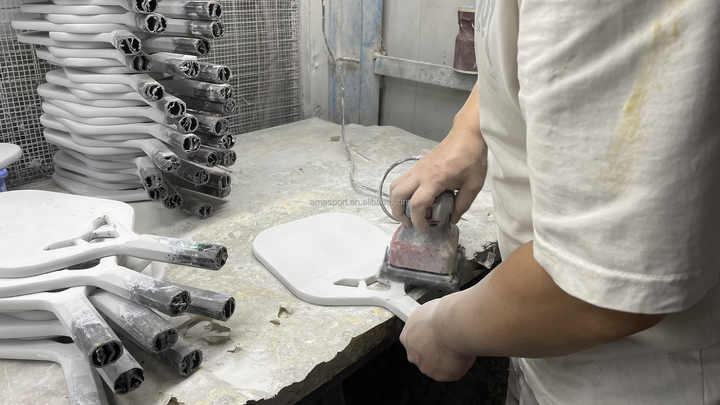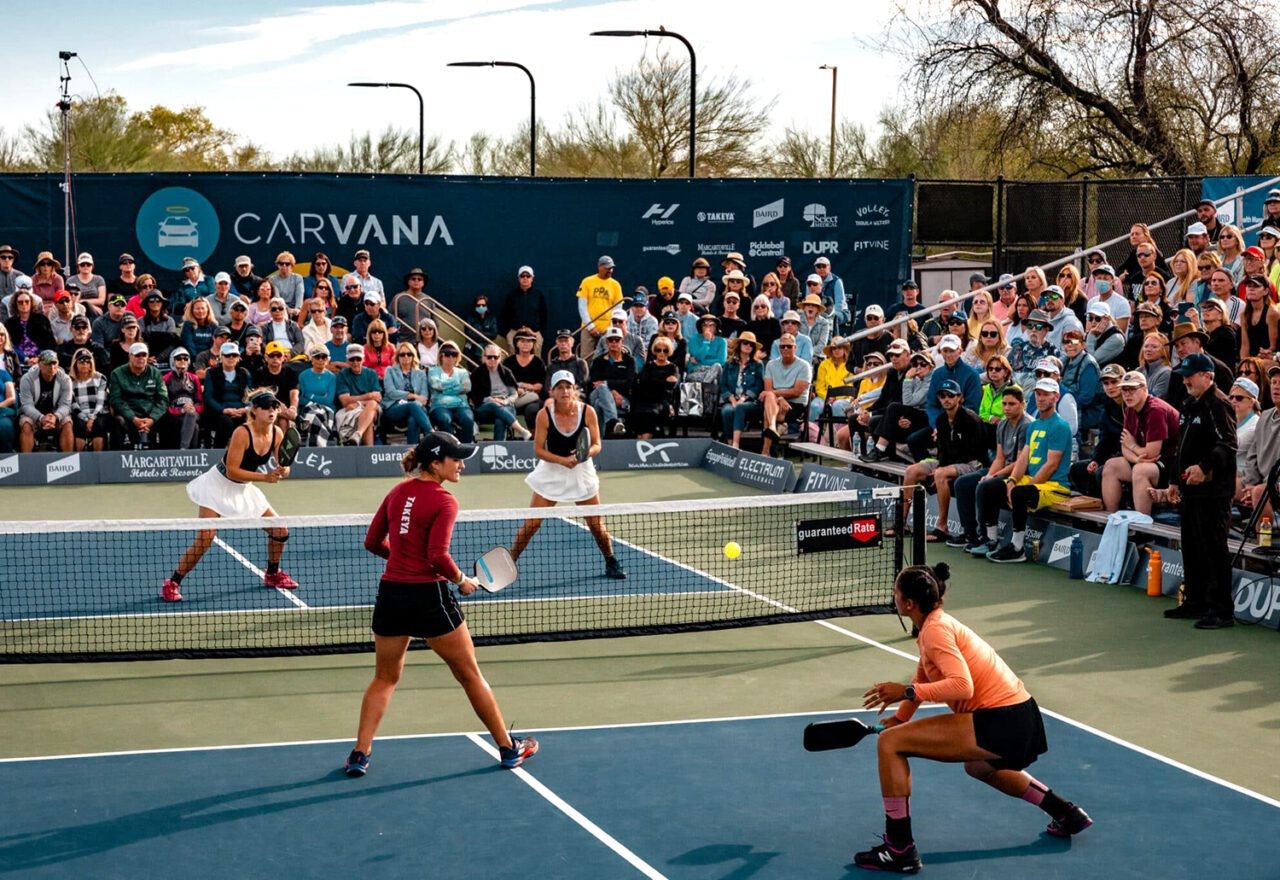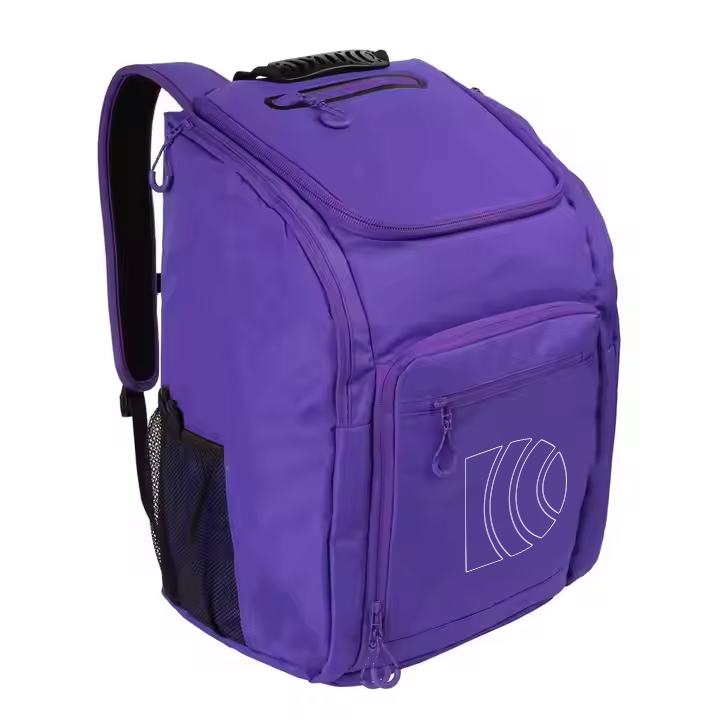
As pickleball gains momentum across the globe—from being considered for Olympic debut in Paris to taking root in local community courts in the United States—the sport’s meteoric rise has brought with it an equally dramatic shift in its manufacturing ecosystem.
In 2025, pickleball is no longer a niche hobby. It has evolved into a booming global sport, drawing attention from athletic organizations, investors, and players of all ages. This explosive growth has prompted a rethinking of how and where paddles are made, as demand for high-quality, innovative, and cost-effective products surges in both mature and emerging markets.

The Global Supply Chain Shift
For years, China has been the core manufacturing hub for pickleball paddles. Its mature infrastructure, skilled labor force, and scale advantages made it the go-to source for both mass-market and high-performance paddles. However, recent developments—such as growing environmental regulations, rising labor costs, and increasing demand for localized production—have pushed manufacturers to diversify their strategies.
In parallel, the U.S. market has seen a rise in boutique paddle makers focused on small-batch, artisan-style production. While these local operations cater to niche segments, they also highlight a trend toward reshoring or near-shoring components of the production process, particularly for high-end, custom paddles.
But it’s not just about “Made in China” vs. “Made in USA”—today’s global pickleball economy demands hybrid models: research and development in the U.S., core production in Asia, and final assembly or customization closer to the end consumer. This decentralized model balances cost efficiency with innovation and faster delivery cycles.
The Olympic Effect
The consideration of pickleball for future Olympic Games—possibly as early as the 2032 Brisbane Olympics—has also had a ripple effect across the industry. If the sport continues to grow in visibility on the world stage, the demand for performance-verified paddles will skyrocket.
To meet these new standards, manufacturers must not only optimize their production techniques but also comply with international sports federation certifications, performance testing, and sustainability metrics. It’s not just about making more paddles—it’s about making smarter paddles.

Dore Sports: Adapting to the Shift
Amid this transformation, Dore Sports stands out as a leading force driving change. Headquartered in China with a global export focus, Dore Sports has evolved from a conventional paddle supplier to a comprehensive solution provider.
Here’s how Dore Sports is responding to market changes:
• Advanced Manufacturing: Dore Sports has integrated hot-press molding, CNC machining, and precision layering into its production to ensure consistency, durability, and scalability.
• Modular Customization: Offering clients full freedom over design elements—logo printing, surface textures, grip colors, and edge guards—Dore has become a one-stop partner for brands seeking unique paddles.
• Smart Material R&D: The company is actively investing in next-gen materials like thermoplastic resins, eco-composites, and vibration-dampening cores to push paddle performance while aligning with global sustainability goals.
• Localized Warehousing & Logistics: To speed up delivery and reduce carbon footprint, Dore now operates regional fulfillment hubs in North America and Europe, cutting lead times by up to 40%.
As the industry races forward, Dore Sports is not just keeping up—it’s helping lead the way, merging cost efficiency with high-performance expectations and sustainability demands.
Whether you're watching professionals at the Paris Olympics or casual players at a community court in Ohio, chances are the paddle in their hand was shaped by this evolving global supply chain—and Dore Sports is at the heart of it.

As a one-stop pickleball product supplier, D...

As a one-stop pickleball product supplier, D...

As a one-stop pickleball product supplier, D...